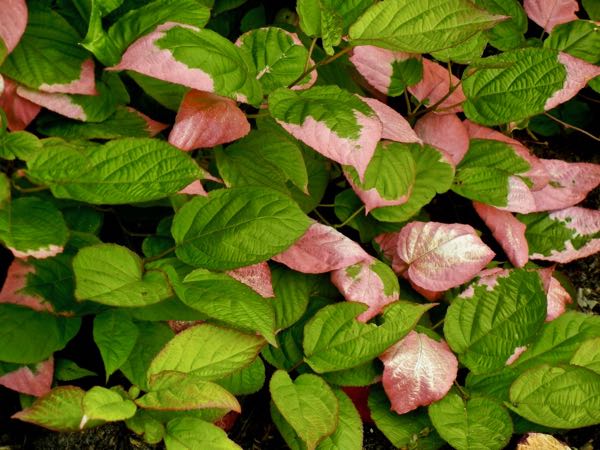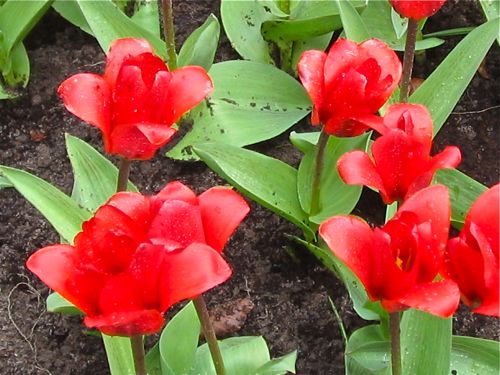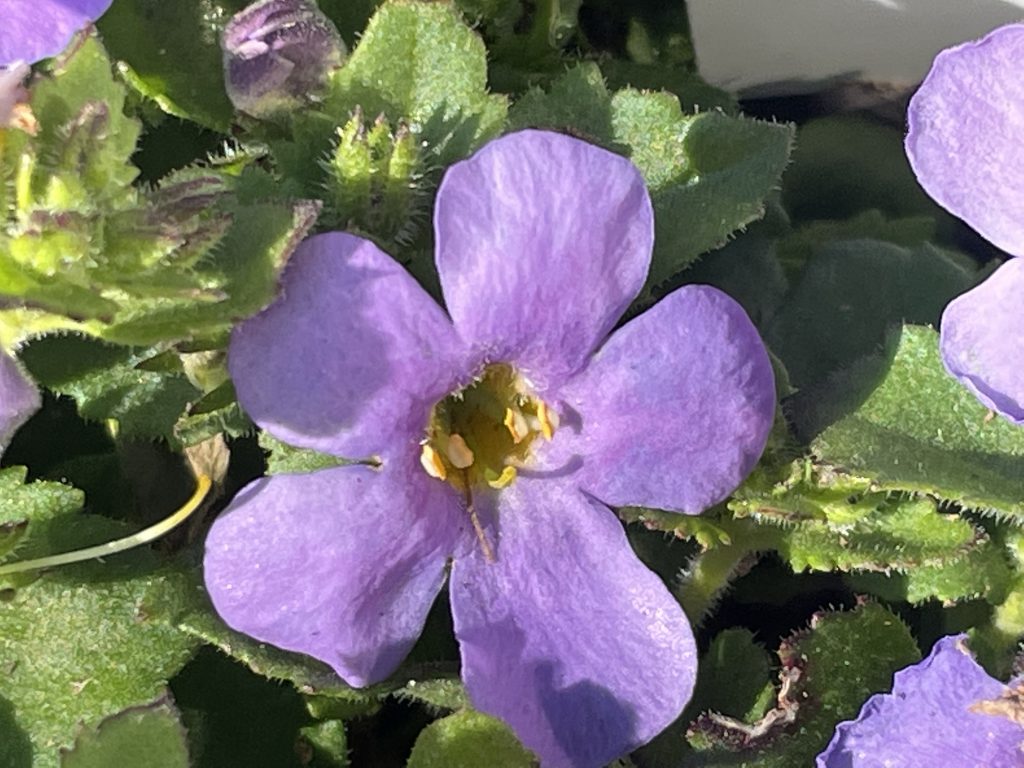Exploring the Actinidiaceae Family: Unveiling the Fascinating World of Kiwi Plants
The Actinidiaceae family is a captivating realm within the botanical universe, home to some of the most cherished and delectable fruits: kiwis. As we delve into this family’s characteristics, origins, and iconic plants it encompasses, we uncover the secrets behind the beloved kiwi fruit and its close relatives.
Family Overview
The Actinidiaceae family is a botanical family that includes a diverse range of plants, many of which are treasured for their delicious fruits. While the family encompasses several genera, it is most renowned for its association with the genus Actinidia, which includes the well-known kiwi fruit (Actinidia deliciosa) and its various cultivars.
Origins and Distribution
Originating primarily in East Asia, the Actinidiaceae family finds its native habitats in countries such as China, Japan, and Korea. These regions provide the ideal conditions for the growth and cultivation of kiwi plants, which thrive in temperate climates and are known for their vigorous growth habits.
Kiwi Plants: A Culinary Delight
Genus Actinidia: The kiwi plant, scientifically known as Actinidia, is the star of the Actinidiaceae family. Renowned for its vibrant green or golden flesh and distinctive texture, the kiwi fruit is a culinary delight enjoyed worldwide. With a tangy-sweet flavor and a wealth of nutrients, including vitamin C and dietary fiber, kiwis have earned their place as a beloved and healthful addition to diets.
Cultivation and Varieties
Cultivating kiwi plants involves careful attention to their requirements:
- Climate and Soil: Kiwi plants thrive in temperate climates, making them suitable for regions with well-defined seasons. Well-drained soil with ample organic matter provides the ideal foundation for healthy growth.
- Support Structures: Given their vigorous climbing nature, kiwi plants benefit from sturdy support structures such as trellises or arbors. These structures not only aid in growth but also make harvesting easier.
- Pollination: Many kiwi varieties are dioecious, meaning they have separate male and female plants. To ensure fruit production, it’s important to have both male and female plants in proximity for effective pollination.
Beyond Kiwi: The Actinidiaceae Diversity
While kiwi plants dominate the Actinidiaceae family’s spotlight, it’s worth noting that other genera within this family contribute to the botanical diversity of the plant kingdom. These lesser-known relatives, although not as renowned as the kiwi, play their roles in the ecosystem and showcase the family’s richness.
The Actinidiaceae family’s association with the iconic kiwi fruit has captured the hearts and taste buds of people around the world. From its origins in East Asia to its widespread cultivation, the family’s plants have left an indelible mark on culinary and horticultural landscapes alike. As we savor the delightful flavor of a ripe kiwi or admire the growth of kiwi plants climbing trellises, we pay tribute to the Actinidiaceae family’s contributions to both our plates and our gardens.
The Genera in the Actinidiaceae family include:
Kalomikta
Trochostigma
Clematoclethra
Saurauia
Apatelia
Blumia
Draytonia
Leucothea
Marumia
Obelanthera
Scapha
Vanalphimia
Overstratia
Tonshia
Trematanthera




